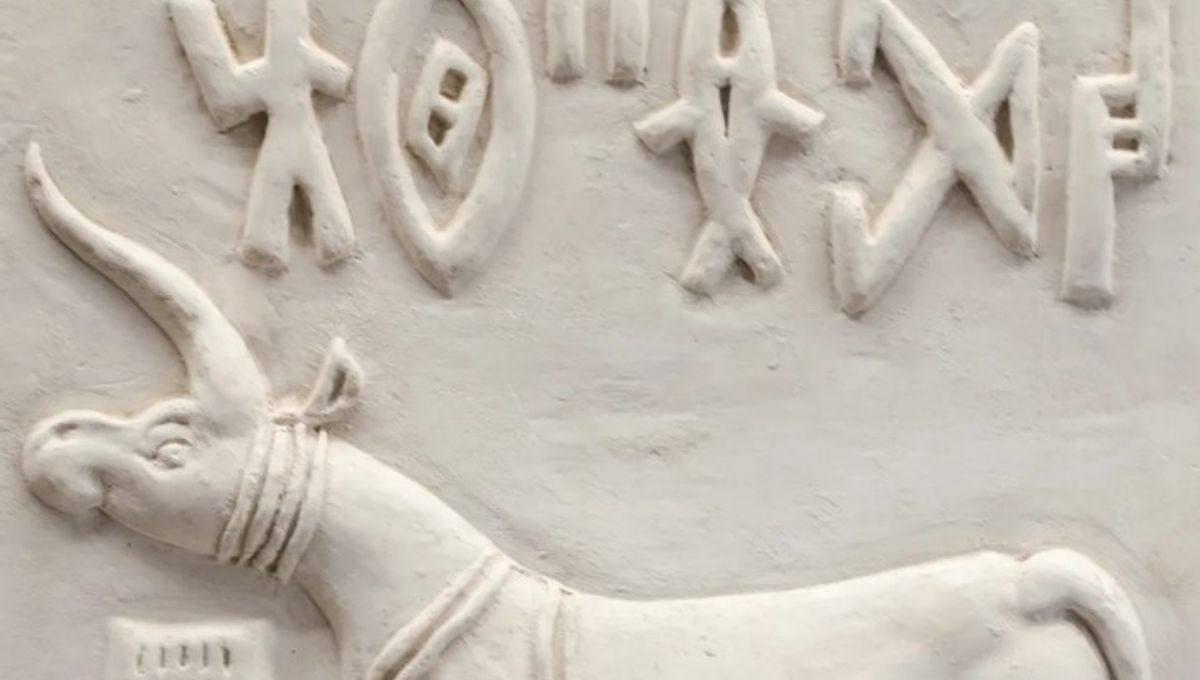
Some 5,700 years ago, the legendary Indus Valley Civilization (IVC) emerged in what is now northern India and Pakistan. Famous for its indecipherable writing system and large walled cities, the enigmatic culture eventually vanished as mysteriously as it appeared, and researchers are only now gaining their first clues as to what life was like in the ancient realm.
ADVERTISEMENT GO AD FREE
The largest and most famous settlement associated with the IVC was the great city of Harappa, which flourished from around 3700 to 1300 BCE. Within its walls, archaeologists have discovered numerous examples of the Indus Valley Script, an early form of written text that has yet to be translated.
Recently, Indian government officials caused a stir by offering a $1 million prize to anyone who manages to successfully decode the ancient script, in the hopes of learning more about this long lost civilization. And while the reward has yet to be claimed, a new study has shed some light on the social organization and daily operations in Harappa during its heyday.
The study authors analyzed 1,144 samples of ancient plant remains recovered during various archaeological digs at the famous site, finding high proportions of grain in relation to chaff. Based on this discovery, they suggest that food processing probably occurred outside the city at the hands of a large workforce, before being transported to Harappa in a “highly processed state” in order to feed the urban population.
This contradicts previous theories which stated that crops were processed by individual families within their homes. Such an assertion had been based on the presence of large quantities of seeds from small weeds, which one would expect to be absent if the grains had already been cleaned up before reaching the city.
However, analyzing the weed species present in the archaeobotanical assemblage, the study authors found that they typically consisted of plants that would have been eaten by cattle, either while grazing or as constituents of fodder. They therefore suggest that the presence of these seeds within Harappa probably results from the cultural practice of burning large quantities of cattle dung.
“The use of dung as a critical fuel source at Harappa, for both domestic and industrial purposes (e.g. in pottery or faience kilns) could explain the patterning,” write the researchers. “Dung burning was, as it is today, a cultural practice that allowed for a slow steady heat for cooking and made use of a readily available fuel.”
ADVERTISEMENT GO AD FREE
Overall, then, these findings suggest that the processing of cereals like wheat and barley in the IVC was carried out “under the centralised control of village sites by Indus urban centres”, while also underscoring the prevalence of dung burning at Harappa. Beyond that, however, we still know very little about how the city’s ancient inhabitants lived, spoke or worshipped, although with any luck that million-dollar incentive will soon lead to new insights.
The study has been published in the journal Antiquity.
Source Link: What Was Life Like In Harappan, Home Of The Indus Valley Script?